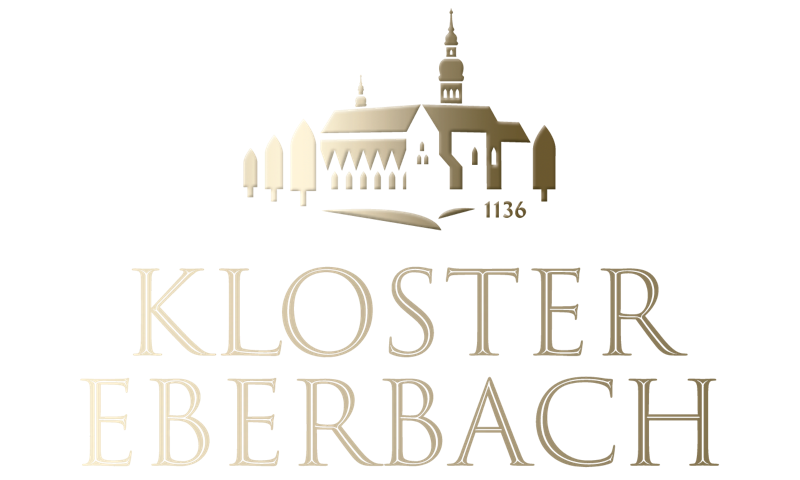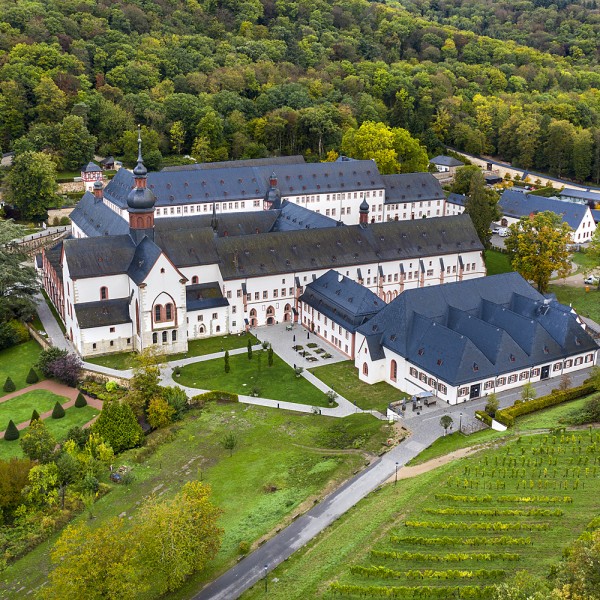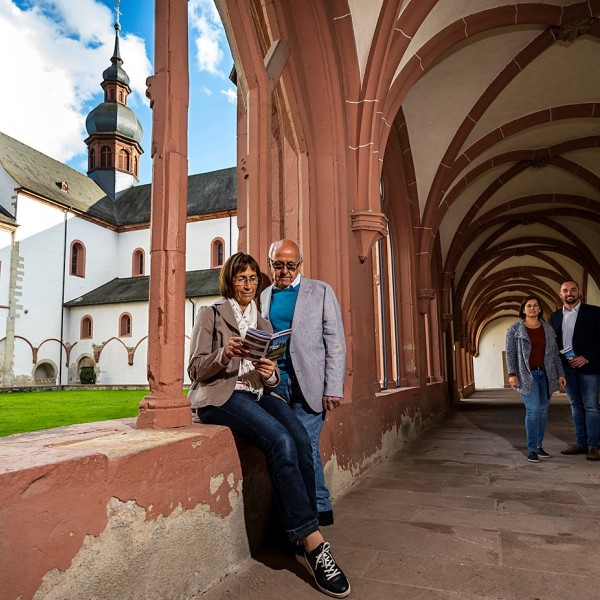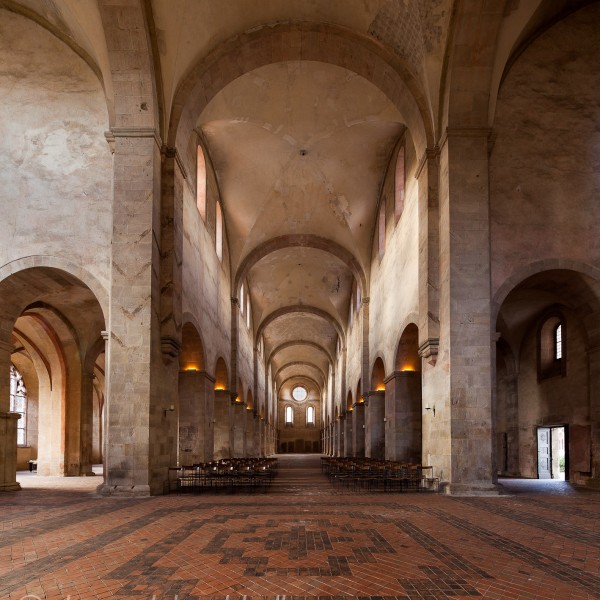The Eberbach Monastery Foundation and the Academy of Sciences and Literature in Mainz present a joint QR code project
There are fascinating historical life stories carved in stone in the church and cloister of Eberbach Monastery. With the help of a QR code project in cooperation with the research unit “The German Inscriptions” of the Academy of Sciences and Literature in Mainz, the “Secrets of the Tombs” are now being told. The new format is part of the new museum concept for the cultural monument in the Rheingau.
Members of the nobility and the pious bourgeoisie were allowed to be buried in the basilica and cemetery of Eberbach Monastery from the 13th century onwards, when the original strict ban on burial in Cistercian churches was lifted. Those who were accepted for burial through generous donations to the highly esteemed monastery took advantage of this opportunity to secure the special intercessory prayers of the monks and thus their memory.
Over 140 memorials to the dead, mainly from the 14th and 15th centuries, have been archived. 89 of them have been preserved despite massive destruction following the dissolution of the monastery in 1803 and have been conserved in recent years - some of them magnificently furnished and decorated. This still astonishing abundance of grave goods in Eberbach Monastery is only paralleled far beyond the region in Mainz Cathedral; their inscriptions in particular are unique historical sources. Some of the Eberbach figure slabs are among the most outstanding creations of sculptural funerary art of the Middle Ages.
The first 25 gravestones have now been equipped with QR codes that lead to specially created and designed websites with the biographies and historical circumstances of the buried. All others are to follow in the coming months.
All texts were produced jointly with the research project “The German Inscriptions” of the Academy of Sciences and Literature in Mainz.
“After 888 years, Eberbach Monastery has a lot to tell. As a foundation, we have made it our mission to showcase the monument and our great cultural and historical heritage in an appropriate way and let it speak to us,” says Chairman of the Board Julius Wagner. “Now that the fabric of the building is better preserved than ever thanks to the support of the state of Hesse, it's more about the content, i.e. finally coming up with a contemporary concept for this place, which is more than just a museum or a listed building. With the QR code project, we are taking a first step in this direction.”
Dr. Susanne Kern, head of the research project “The German Inscriptions” at the Academy of Sciences and Literature in Mainz: “We were very happy to comply with the request from the Eberbach Monastery Foundation, as we have had the idea of making inscriptions accessible to an interested public in this way for some time.”
The secrets of the tombstones - they are not only available to read, but also to listen to.
Julius Wagner: “We managed to find sponsors for the records who were willing to record the texts in first-person narrative form, which makes them even more vivid! The audio files are also accessible via the QR codes.”
The Pastor Dr. Robert Nandkisore, who is well-known beyond the Rheingau region, will be there with his impressive voice, as will Sister Thekla Baumgart from St. Hildegard Abbey and former Hessian Environment Minister Priska Hinz. More are to follow. “We would very much like our Hessian State Premier Boris Rhein, for example, to play a part,” says Wagner.



